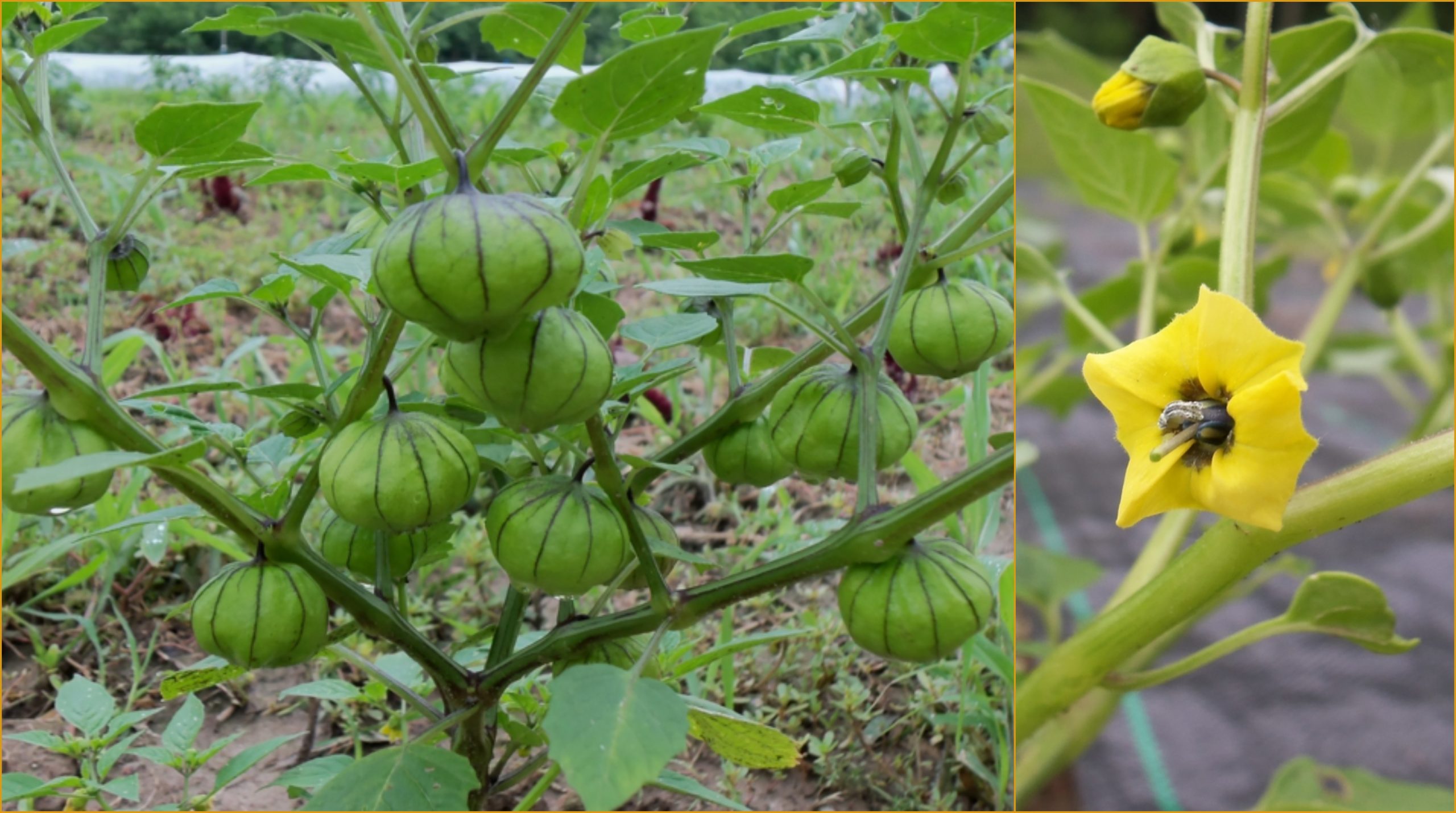Tomatillo plants – Physalis philadelphica are native to Mexico. They are quite common in the western hemisphere of the United States, and will most certainly be found growing in Texas and New Mexico.
Growing tomatillo plants
When you plant your tomatillos, make sure the area you choose in your garden gets full sunshine and is well-drained. They don’t like soaking wet ground because they are native to a hotter climate.
You also want the soil to be as close to a pH of 7.0 as possible. You can buy your plants from a garden center in your area. If you can’t find them, start seeds indoors about 6 to 8 weeks before the last frost is expected. Of course, if you live in a warmer climate, you can start your tomatillo plants directly in the ground after all chance of frost has passed.
Be aware that tomatillos are not self-fertilizing. This means that you need at least two tomatillo plants in order to get fruit. Otherwise, you’ll have empty tomatillo husks. You can harden your tomatillo plants when the weather reaches 50 F. (10 C.) and consistently stays that way at night. By hardening, you should set them outdoors a little at a time so they get used to the outdoors.
The tomatillo grows well in tomato cages or on its own. If you put your tomatillo plants in cages, set the plants 2 feet (.60 m.) apart, or if you want to let them sprawl, set them 3 feet (.91 m.) apart. If water is scarce, you can water them. The plants do well without a lot of water, but do not like drought conditions. Adding some organic mulch can be a great way to help retain moisture and keep out weeds for your growing tomatillos.
How to prune tomatillo plants
Before you decide how to prune tomatillo plants, you must first determine your goals. The way you prune your plant helps determine the number of tomatillos the plants will produce and the size of the fruit. It also affects the date of maturity.
While pruning isn’t absolutely necessary, you can improve the health of the plant and the yield by pruning. First, determine whether you want one or two main central stems. With two stems, you’ll have more foliage to protect the fruit and you’ll get a large harvest. However, if you remove all but one central stem, you’ll harvest your fruit earlier.
Suckers are stems that develop in the crotch between a main stem and a side branch. Pinching out suckers lets more sunlight into the central parts of the plant and allows better air circulation while dense foliage promotes slow growth and disease. Removing all of the suckers reduces the yield, but you’ll probably want to remove some of them to promote healthy growth.
Pinch the suckers when they have at least two leaves less than 4 inches long. Remove the sucker with hand pruners or by squeezing the base of the stem between your thumbnail and forefinger. It’s a good idea to clean your hands with sanitizer or dip your pruners into a disinfectant solution before moving to the next plant to prevent the spread of disease.
Support
Tomatillo plants are usually supported by stakes, trellises or cages. Install stakes and trellises before planting to avoid injuring the roots of the plants later. Use metal or wooden stakes that are at least 2 inches in diameter and 4 or 5 feet tall.
Tie tomatillo plants to the support loosely with polyethylene or sisal twine, avoiding parts of the stem that are just below flower clusters. Cages are easy to work with and you won’t have to spend time tying and retying your plants. You can make your own out of concrete reinforced fencing wire.
The wire should have 6-inch openings to allow for easy harvest. Form an 18-inch diameter circle and fasten the ends together. Clip out the horizontal wires around the bottom so that you can push the vertical wires into the soil for stability.

Harvest
Wait for the fruit to get firm and the husk to get dry, papery and straw colored. Once this happens, your tomatillos are ready to pick.
Source:

